|
Happy Earth Day Wildcat Artists! These April rain and snow showers definitely demonstrate how Mother Gaia rules us all with her geological, environmental and weather forces! Hopefully those May flowers aren’t too far behind. I know we received some devastating news about not returning to school this year and we plan to make the best of it during our time on this virtual platform and know that if we all follow safety precautions and social distancing we will be able to see each other sooner rather than later so make sure you are doing your part! And of course, WASH YOUR HANDS! Now let’s learn about Earth Day and the Environmental Art Movement! WHAT IS EARTH DAY? Earth Day is an annual event celebrated around the world on April 22 to demonstrate support for environmental protection. First celebrated in 1970, it now includes events coordinated globally by the Earth Day Network in more than 193 countries. Numerous communities celebrate Earth Week, an entire week of activities focused on the environmental issues that the world faces. In 1969 at a UNESCO Conference in San Francisco, peace activist John McConnell proposed a day to honor the Earth and the concept of peace, to first be celebrated on March 21, 1970, the first day of spring in the northern hemisphere. This day of nature's equipoise was later sanctioned in a proclamation written by McConnell and signed by Secretary General U Thant at the United Nations A month later a United States Senator Gaylord Nelson proposed the idea to hold a nationwide environmental teach-in on April 22, 1970. He hired a young activist, Denis Hayes, to be the National Coordinator. Nelson and Hayes renamed the event “Earth Day.” Nelson was later awarded the Presidential Medal of Freedom award in recognition of his work. The first Earth Day was focused on the United States. In 1990, Denis Hayes, the original national coordinator in 1970, took it international and organized events in 141 nations. WHAT IS EARTH DAY? On Earth Day 2016, the landmark Paris Agreement was signed by the United States, China, and some 120 other countries. This signing satisfied a key requirement for the entry into force of the historic draft climate protection treaty adopted by consensus of the 195 nations present at the 2015 United Nations Climate Change Conference in Paris. Under the Paris Agreement, each country must determine, plan, and regularly report on the contribution that it undertakes to mitigate global warming. No mechanism forces a country to set a specific emissions target by a specific date, but each target should go beyond previously set targets. The aim of the agreement is to decrease global warming described in its Article 2, "enhancing the implementation" of the UNFCCC through: (a) Holding the increase in the global average temperature to well below 2 °C above pre-industrial levels and to pursue efforts to limit the temperature increase to 1.5 °C above pre-industrial levels, recognizing that this would significantly reduce the risks and impacts of climate change; (b) Increasing the ability to adapt to the adverse impacts of climate change and foster climate resilience and low greenhouse gas emissions development, in a manner that does not threaten food production; (c) Making finance flows consistent with a pathway towards low greenhouse gas emissions and climate-resilient development. In June 2017, U.S. President Donald Trump announced his intention to withdraw the United States from the agreement. Under the agreement, the earliest effective date of withdrawal for the U.S. is November 2020, shortly before the end of President Trump's 2016 term. In practice, changes in United States policy that are contrary to the Paris Agreement have already been put in place. EARTH DAY 1970 – 2000 |
| Earth Day 2020 is the 50th Anniversary of Earth Day. Celebrations will include activities such as the Great Global CleanUp, Citizen Science, Advocacy, Education, and ART! The first Earth Day sparked the passage in the U.S. of the Clean Air, Clean Water and Endangered Species Acts, and the creation of the Environmental Protection Agency. The urgency has never been greater, and the stakes have never been higher – we are now in an environmental emergency and a climate breakdown. We have two crises: One is the COVID-19 an immediate pandemic and the other is slowly building as a disaster for our climate. We can, will, and must solve both challenges! |
| To meet this moment, we must build the largest, most diverse online mobilization in history in defense of the environment. Our world needs a united response for bold action. COVID-19 has shifted the global emphasis to Digital Mobilizations. Amid the recent outbreak, you are encouraged to rise up but to do so safely and responsibly — in many cases, that means using our voices to drive action online rather than in person,” said Kathleen Rogers, President of Earth Day Network. Earth Day will educate and mobilize more than one billion people to grow and support the next generation of environmental activists. It's time to reimagine what we can collectively do for our global environment with activities and events. |
ON EARTH DAY 2020, WE SAY ENOUGH IS ENOUGH:
- We say we believe in science.
- We say that everyone can make a difference.
- We say that the protection of our planet and the wellbeing of the people who live upon it are the top priorities.
- On Earth Day 2020, we say that we’re committing to vote, we’re registering to vote and we’re showing up to vote.
- Human health and planetary health are inextricably linked.
Will you join this global movement as we build toward
the next half century of action for our planet?
THREE WAYS TO TAKE ACTION AS EARTH DAY GOES DIGITAL:
1. Join the global digital surge > click here Social media tool kit = Over the 24 hours of Earth Day (12:01 am ET - 11:59 pm ET on April 22), Earth Day Network will flood the digital landscape with global conversations, calls to action, performances, video teach-ins and more. That’s where you come in.
2. Watch Earth Day live > click here
The world’s largest civic event is going digital for the first time in its history. We’ll demand that leaders take science seriously, listen to their people and push for action at every level of society to stop the rising tide of climate change. We can make a better world for everyone. Tell everyone you know about April 22 and join us at earthday.org as we flood the world with messages of hope, optimism and, above all — action.
3. Take 24 hours of action > click here
Through 24 hours of action, Earth Day 2020 will drive actions big and small, give diverse voices a platform and demand bold action for people and the planet.
2. Watch Earth Day live > click here
The world’s largest civic event is going digital for the first time in its history. We’ll demand that leaders take science seriously, listen to their people and push for action at every level of society to stop the rising tide of climate change. We can make a better world for everyone. Tell everyone you know about April 22 and join us at earthday.org as we flood the world with messages of hope, optimism and, above all — action.
3. Take 24 hours of action > click here
Through 24 hours of action, Earth Day 2020 will drive actions big and small, give diverse voices a platform and demand bold action for people and the planet.
THE SIX COMPONENTS
| CITIZEN SCIENCE: Earth Day is leveraging Citizen Science and emerging technologies to engage one million global citizens in the 50th anniversary “Earth Challenge 2020,” collecting one billion data points to measure air quality, water quality, pollution and human health. This initiative is being developed in association with dozens of major partners in the science and health communities as well as leading technology companies. ADVOCACY: The time is now to mobilize and take action to save our planet. Earth Day will amplify direct links between technological innovation and inclusive climate prosperity, two signature themes we will be emphasizing around the world as we build towards the 50th Anniversary of Earth Day in 2020. Earth Day is creating millions of avenues for civic engagement in all 190 countries around the world and working with global decision-makers, including policy makers, local, regional and national governments and corporate sector leaders, to reach a diverse network of citizens around the world. |
VOLUNTEERING: Earth Day is engaging volunteers across the globe for a month-long worldwide volunteer-driven program, “The Great Global Cleanup” and starting with cleanups for Earth Day 2019. We expect 100 million people participating in (postponed or individual) public events, as well as one billion others — including K-12 students around the world — to remove billions of pieces of trash from our neighborhoods, beaches, and parks. Earth Day Network is also working with partners to plant 7.8 billion trees, one for every human who will live on the planet in 2020. Combined, these volunteer activities will be the largest volunteer event in history.
| EDUCATION: Earth Day is building environmental and climate literacy worldwide. Earth Day Network will continue to work with teachers, students, innovators and thought leaders to educate and activate a new generation of environmental leaders around the world. EVENTS: Earth Day is now recognized worldwide as the planet's most significant civic engagement event each year. The 50th anniversary of Earth Day will be marked by tens of thousands of virtual rallies and socially distanced community events in every country in the world, and large-scale signature events to take place in Washington, D.C., and other global capitals. ARTISTS FOR THE EARTH: As Earth Day reaches its milestone 50th Anniversary in April 2020, nature and the environment are faced with enormous challenges from loss of biodiversity, pollution, degradation of our ecosystems, and climate change. Art must join with science to personalize climate change and disseminate it to a wider audience. |
ART VOCABULARY – become familiar with these terms:
- Earth Day
- Environmental Art
- Andy Goldsworthy
- Nature-based art materials
- Art Installations
- 3D/Sculpture
- Lighting + Photography importance for documenting temporary artwork
ENVIRONMENTAL ART MOVEMENT
Since primitive man first illustrated streaks of rain, lightning and animals on the interior walls of their cave homes, artists have been entranced with depicting our natural environment. Yet, for centuries, the landscape's appearance in art was meant to construe either awe for our natural world, or as a background subject for the documentation of human narratives. In the 20th century, alongside rising global concerns surrounding the state of the environment's health, and our impact as humans upon it, many artists started creating works in collaboration with the physical world to draw attention to ecological issues as well our relationship and contribution to them. As a more defined concept, Environmental art has gained more traction since the 1990s when artists began to think about their surroundings not just in terms of lived or built space, but as a cohesive system in which humans have a central part to play.
Environmental art is a range of artistic practices encompassing both historical approaches to nature in art and more recent ecological and politically motivated types of works. Environmental art works with earth as a sculptural material, towards a deeper relationship to systems, processes and phenomena in relationship to social concerns. Integrated social and ecological approaches developed as an ethical, restorative stance emerged in the 1990s. Over the past ten years environmental art has become a focal point of exhibitions around the world as the social and cultural aspects of climate change come to the forefront.
The term "environmental art" often encompasses "ecological" concerns but is not specific to them. It primarily celebrates an artist's connection with nature using natural materials. The concept is best understood in relationship to historic earth/land art and the evolving field of ecological art. The field is interdisciplinary in the fact that environmental artists embrace ideas from science and philosophy. The practice encompasses traditional media, new media and critical social forms of production. The work embraces a full range of landscape/environmental conditions from the rural, to the suburban and urban as well as urban/rural industrial.
Environmental art is a range of artistic practices encompassing both historical approaches to nature in art and more recent ecological and politically motivated types of works. Environmental art works with earth as a sculptural material, towards a deeper relationship to systems, processes and phenomena in relationship to social concerns. Integrated social and ecological approaches developed as an ethical, restorative stance emerged in the 1990s. Over the past ten years environmental art has become a focal point of exhibitions around the world as the social and cultural aspects of climate change come to the forefront.
The term "environmental art" often encompasses "ecological" concerns but is not specific to them. It primarily celebrates an artist's connection with nature using natural materials. The concept is best understood in relationship to historic earth/land art and the evolving field of ecological art. The field is interdisciplinary in the fact that environmental artists embrace ideas from science and philosophy. The practice encompasses traditional media, new media and critical social forms of production. The work embraces a full range of landscape/environmental conditions from the rural, to the suburban and urban as well as urban/rural industrial.
Andy Goldsworthy is a British sculptor, photographer and environmentalist who produces site-specific sculptures and land art situated in natural and urban settings. He lives and works in Scotland.
WHO IS ANY GOLDSWORTHY?
ENVIRONMENTAL ART KEY IDEAS + ACCOMPLISHMENTS
Environmental artists seek to investigate our human relationship with the environment through embedding their artistic practice within it. This changes the way we think about the site of artistic production; as opposed to using the artist's studio as the sole location in which to create, Environmental artists engage the natural world in a much more active and immediate way either by working in new ways outside, or by bringing natural materials into new settings.
Environmental artists aim to work in harmony with the natural environment rather than disrupt it. This means they deeply consider the impact that they as individuals have on nature and do not sacrifice its health or wellbeing in order to create work. Moreover, by working in collaboration with organic landscapes, Environmental artists fall subject to the uncontrollable cycles of the seasons with their processes of flowering, erosion, molding, and decay.
Environmental artists often use natural materials such as leaves, flowers, branches, ice, soil, sand, stone, and water as the very basis of their artwork. Moreover, in choosing to situate their work in specific places, Environment art often seeks to both transform the way that the site is viewed, whilst also revealing what was already there. This demands that viewers and audiences rethink how they "see" the world around them and pay more direct attention to the minute and distinct parts that make up what we may overlook as a cohesive environment.
Evolving from Land Art, Environmental art also rethinks the importance of the exhibition space and seeks other places where art can happen and where art can exist. This form of Institutional Critique seeks to question the authority and power of museums and galleries that have historically controlled the production, sale, and viewing of art works. By looking for new and sometimes unique and surprising locations, artists not only remove the power from high-powered art-dealers, buyers, and from the art-market in general, but also question the need for an audience (and art buyers) at all. Instead, artists emphasize the birth of the idea and the process of creation, without insisting that the work needs to be seen by many people, or indeed by anyone at all.
Want more information? Follow this link >> https://www.theartstory.org/movement/environmental-art/
Environmental artists aim to work in harmony with the natural environment rather than disrupt it. This means they deeply consider the impact that they as individuals have on nature and do not sacrifice its health or wellbeing in order to create work. Moreover, by working in collaboration with organic landscapes, Environmental artists fall subject to the uncontrollable cycles of the seasons with their processes of flowering, erosion, molding, and decay.
Environmental artists often use natural materials such as leaves, flowers, branches, ice, soil, sand, stone, and water as the very basis of their artwork. Moreover, in choosing to situate their work in specific places, Environment art often seeks to both transform the way that the site is viewed, whilst also revealing what was already there. This demands that viewers and audiences rethink how they "see" the world around them and pay more direct attention to the minute and distinct parts that make up what we may overlook as a cohesive environment.
Evolving from Land Art, Environmental art also rethinks the importance of the exhibition space and seeks other places where art can happen and where art can exist. This form of Institutional Critique seeks to question the authority and power of museums and galleries that have historically controlled the production, sale, and viewing of art works. By looking for new and sometimes unique and surprising locations, artists not only remove the power from high-powered art-dealers, buyers, and from the art-market in general, but also question the need for an audience (and art buyers) at all. Instead, artists emphasize the birth of the idea and the process of creation, without insisting that the work needs to be seen by many people, or indeed by anyone at all.
Want more information? Follow this link >> https://www.theartstory.org/movement/environmental-art/
MAGICAL LAND ART BY ANDY GOLDSWORTHY SLIDESHOW
ASSIGNMENT: Environmental Art Installation = Outdoor Sculpture
After you have read through today’s post and watched all of the videos you will be creating a piece of your own Environmental Art inspired by the work of Andy Goldsworthy! Feel free to look up more examples of his work or other environmental artist to get inspired. There will also be couple questions to answer – include your responses when you email me images of your artwork.
Andy Goldsworthy is a British sculptor, photographer and environmentalist who produces site-specific sculptures and land art situated in natural and urban settings. He lives and works in Scotland.
INSTRUCTIONS:
- COLLECT nature items – this means you will have to go outside. Dress appropriate for the weather.
- Be sure to let your parents/guardians know what you are up to and ask before picking flowers, leaves, branches off of living plants. Be mindful of where you go to collect items.
- If you can… try to use materials you find on the ground.
- Be sure to identify and avoid poisonous plants.
- WORK OUTDOORS just like Andy Goldsworthy - weather permitting. You may need to collect and then set up/install your artwork on a decent weather day. The idea is to let you artwork interact with nature.
- Consider your setting = where you are going to place your artwork.
- When arranging your materials think about shapes and patterns, symmetry and balance and most importantly HAVE FUN!
- TAKE A PICTURE when you are finished and come back the next day to take another picture to show how it has changed.
QUESTIONS:
- Explain your experience with creating Environmental Art
- Why/how do YOU think Environmental – Land – Ecological Art can influence causes like Earth Day – Global Warming – Climate Change and Environmental Concerns? Use your personal opinion as well as information from today's text and videos.
DUE DATE:
The picture(s) of your artwork and your response to the questions will be due by midnight on Tuesday April 28th 2020. Email everything to [email protected]
THESE TWO VIDEOS INCLUDE INSTRUCTIONS
AND EXAMPLES FOR YOUR PROJECT!
FOUND OBJECT NATURE ART
NATURE SCULPTURE INSPIRED BY ANDY GOLDSWORTHY
Thank you all for showing up today… I know it's not easy and not ideal, but we can get through this together.
If you need to go back to a prior post from earlier in the month please:
1. Scroll all the way down until you reach the “<<Previous” button at the bottom left.
2. Go back using the “<<Previous” button until you find what you are looking for.
3. And then use the “Forward>>” button on the right to navigate to more recent posts.
POSTS + ASSIGNMENTS SO FAR:
4/5 Hello + Welcome: Introduction, Syllabus etc.
4/6 Monday Art Mission: Still Life Self Portrait
4/8 Wednesday Watch: Prehistoric Stone Age Art
4/10 Fragment + Fortify Friday: Norman Rockwell + Book Recommendation
4/13 Monday Art Mission: Color Theory w/ Color Wheel Still Life or Color Wheel Collage
4/15 Wednesday Watch: Medieval Illuminations
4/17 Fragment + Fortify Friday: The Dark Crystal - watch if you are able
4/20 Monday Art Mission: Contour Drawings + Google Pictionary
4/22 Wednesday Watch: Earth Day + Environmental Art
This Friday April 24th I will post the answers to the Medieval Illuminations Questions so please turn them in if you haven’t already – I will not accept them for credit after I post the answers online.
As always if you have any questions do not hesitate to contact me at any time.
Be well and take care of yourself!
Best,
Nicole Webster Clark
If you need to go back to a prior post from earlier in the month please:
1. Scroll all the way down until you reach the “<<Previous” button at the bottom left.
2. Go back using the “<<Previous” button until you find what you are looking for.
3. And then use the “Forward>>” button on the right to navigate to more recent posts.
POSTS + ASSIGNMENTS SO FAR:
4/5 Hello + Welcome: Introduction, Syllabus etc.
4/6 Monday Art Mission: Still Life Self Portrait
4/8 Wednesday Watch: Prehistoric Stone Age Art
4/10 Fragment + Fortify Friday: Norman Rockwell + Book Recommendation
4/13 Monday Art Mission: Color Theory w/ Color Wheel Still Life or Color Wheel Collage
4/15 Wednesday Watch: Medieval Illuminations
4/17 Fragment + Fortify Friday: The Dark Crystal - watch if you are able
4/20 Monday Art Mission: Contour Drawings + Google Pictionary
4/22 Wednesday Watch: Earth Day + Environmental Art
This Friday April 24th I will post the answers to the Medieval Illuminations Questions so please turn them in if you haven’t already – I will not accept them for credit after I post the answers online.
As always if you have any questions do not hesitate to contact me at any time.
Be well and take care of yourself!
Best,
Nicole Webster Clark
GO FURTHER | DIG DEEPER
Earth Day 2020: NASA Puts Space to Work for the Planet
NASA’s unique vantage point of space allows us to better understand Earth’s interconnected systems and use that knowledge to live sustainably on our home planet, protect life around the world, and adapt to natural and human-caused changes.
NASA’s unique vantage point of space allows us to better understand Earth’s interconnected systems and use that knowledge to live sustainably on our home planet, protect life around the world, and adapt to natural and human-caused changes.
1 Comment
Nicole
Webster
Clark
Visual + Fine Art Educator
Mixed Media Visual Artist




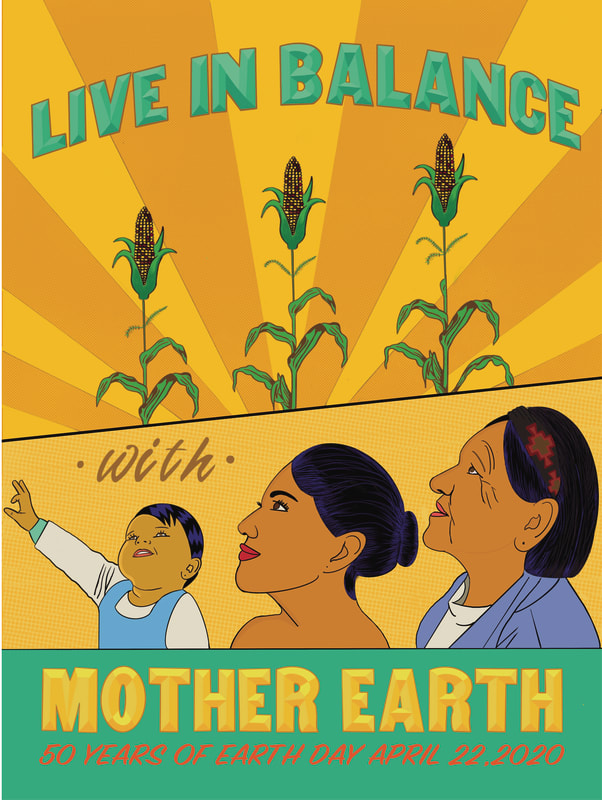
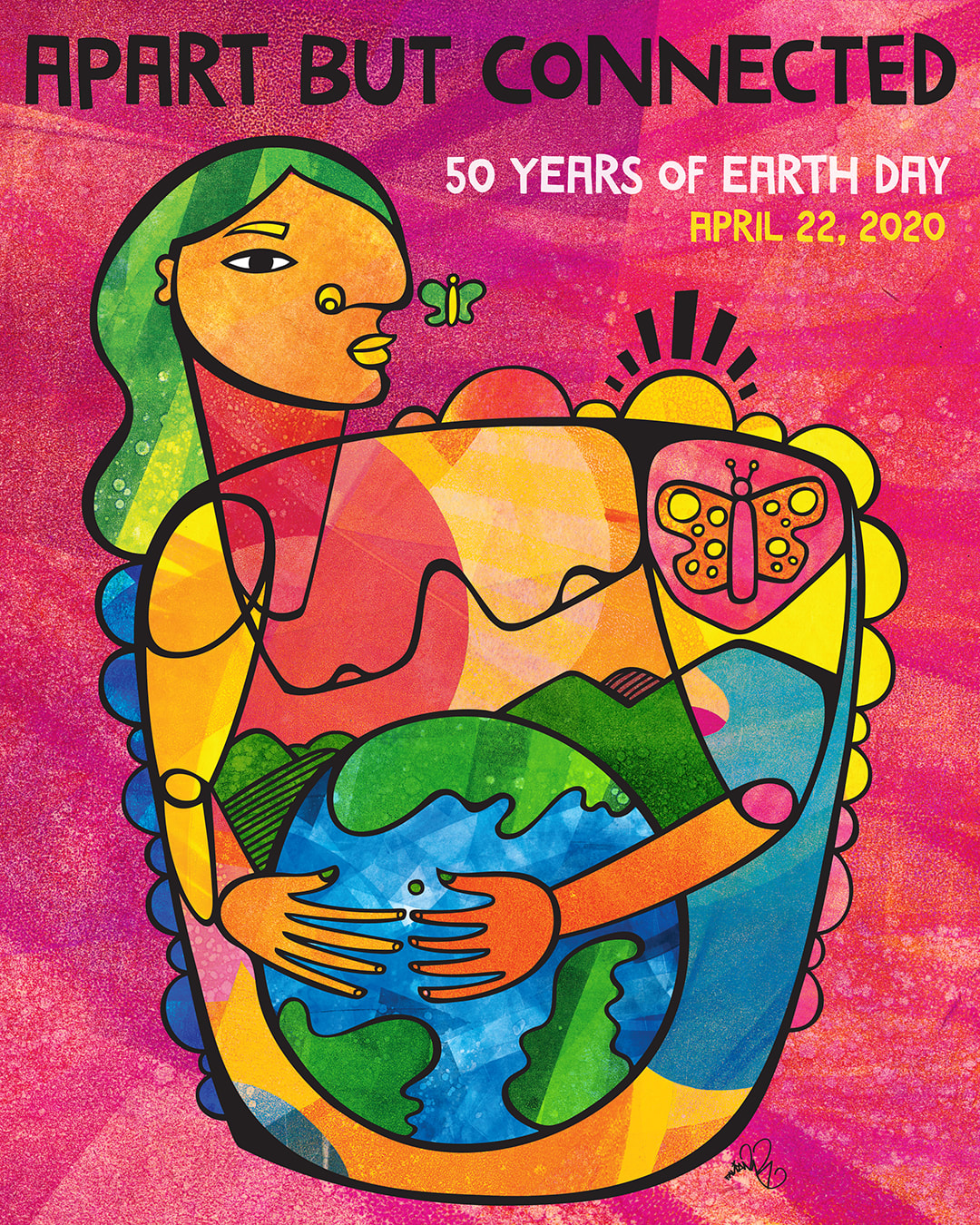



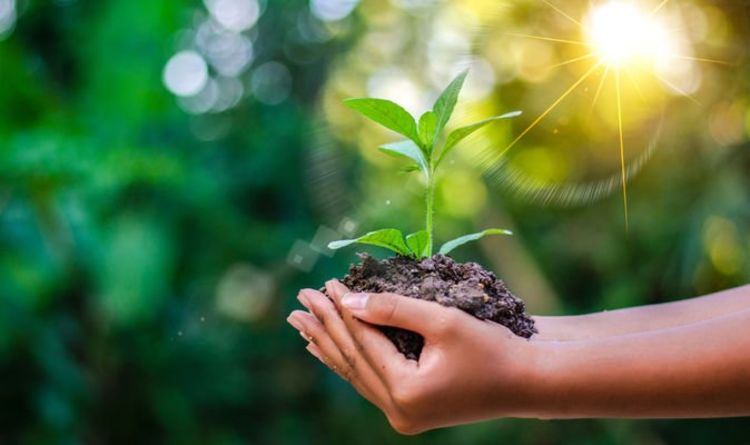
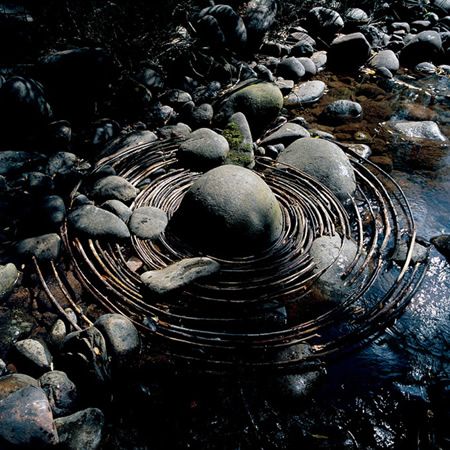
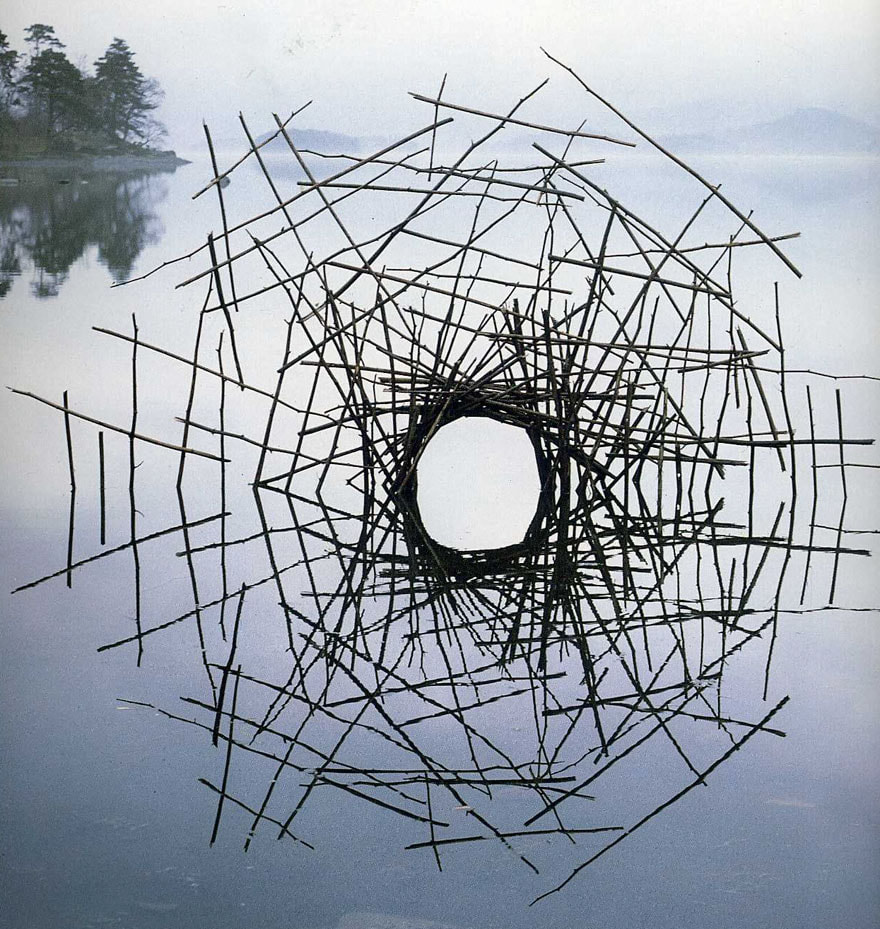
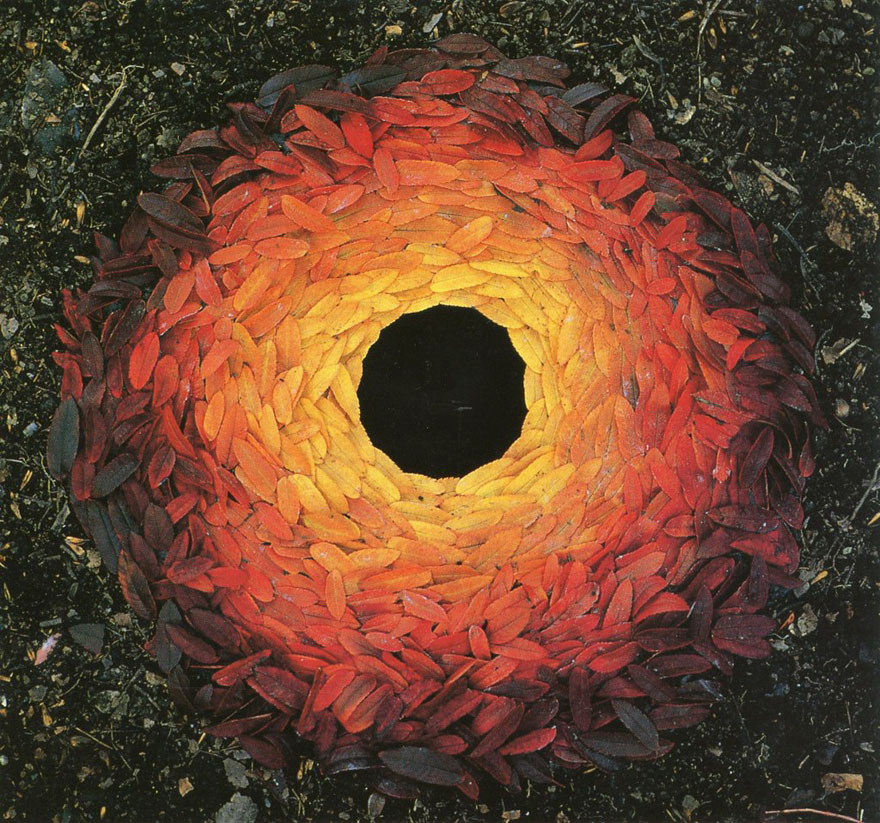

 RSS Feed
RSS Feed